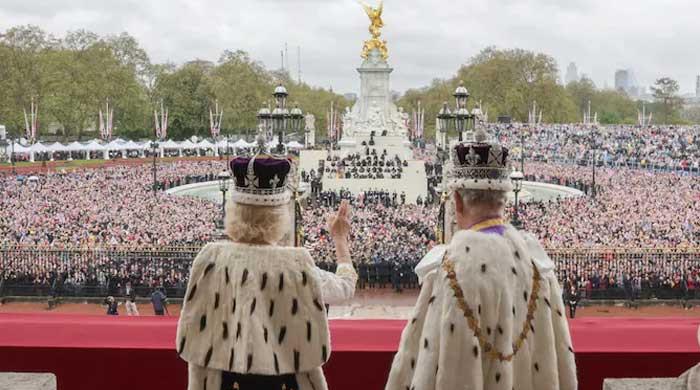Three years ago, Russia’s full-scale invasion of Ukraine made European leaders realize that they needed to increase defense spending. Leaders from Britain and the European Union will gather in Brussels on Monday to discuss the difficult issue of how to finance it.
The biggest military donor to Ukraine’s war effort is the United States, but Mr. Trump has indicated that he will quickly cut off American financial and military assistance and hand it off to the Europeans. Additionally, he has demanded that NATO countries raise defense spending to 5 percent of their yearly GDP, which is a significant rise from the 3 or 3.5 percent NATO intends to aim for at its next summit meeting this summer.
Furthermore, the Trump administration is adopting a more combative posture in a number of areas, including security. On Sunday evening, Mr. Trump promised to impose fresh duties on trading partners in Europe “pretty soon.” As a result, Europe is becoming increasingly aware that it must be ready to survive for itself in a world where the United States is not as dependable as it once was.
The European Union, which was established on free trade and referred to itself as a “peace project,” has stepped up its commitment to defense and deterrence in the wake of the war in Ukraine. It is currently rushing to increase the size of its military businesses and improve the efficiency and cooperation of expenditure.
The question of whether the European Union can collect additional funds to pay for defense through shared debt, as it did to combat COVID, will be discussed.
However, the problem is complex: such collective fund-raising might make it more difficult for member nations to fulfill the separate obligations that the NATO alliance is already placing on them about increases in military spending. 23 NATO members are among the 27 E.U. nations scheduled to meet behind closed doors on Monday.
For the first time since the Cold War, Gen. Christopher G. Cavoli, NATO’s supreme allied commander in Europe, has already established capabilities objectives. NATO member nations have received detailed equipment and force level requirements from the U.S. general, along with guidelines on how to react in the event of a Russian invasion.
Officials and analysts agree that Europe is missing important military components that the United States now offers, including as satellites, long-range precision artillery and missiles, integrated air and missile defense, and air-to-air refueling tankers. According to the researchers, it would take Europe at least five or maybe ten years to replace such systems.
Reducing duplication is another goal shared by European countries. Ukraine has received at least 17 distinct types of howitzers, for instance, and they don’t all utilize the same sort of shell.
The leaders of Europe concur that they require a strategy to coordinate and increase their military capabilities as Russia poses a danger from the East and support for Mr. Trump falters from the West. However, changing European military will be challenging, costly, and time-consuming due to conflicting national interests and budgetary priorities.
Additionally, key eastern flank nations like Poland and the Baltic states wish to do all in their power to maintain American involvement in NATO and European security.
The first step is the summit on Monday. Mr. Starmer and NATO Secretary General Mark Rutte will join the E.U. leaders to discuss coordinated procurement and defense spending. The objective is to establish priorities that will guide the continent’s new defense commissioner, Andrius Kubilius, and top diplomat, Kaja Kallas, as they develop a more detailed strategy, particularly for the manufacturing of weapons.
According to defense analysts, the conference is also significant symbolically as it shows that Europe is taking Russia’s long-term threat and the need to lessen its military reliance on the US seriously.
Alexandra de Hoop Scheffer, interim head of the German Marshall Fund, a research tank, stated that “this is crucial for Europeans.” “They have no choice because their own continent is experiencing war.”
It is “a generational struggle” to deter Russia, which seeks to break the United States from NATO and the European Union, she added. However, she said that our political leaders have not adequately communicated to the younger generation the significance of the alliance and the importance of Ukraine winning this battle.
Monday’s agenda also includes how Europe will handle Mr. Trump’s demands, including how to deal with his insistence on acquiring Greenland, an autonomous territory of Denmark, a NATO ally and an E.U. member state. Danish and Greenlandic leaders say the territory is not for sale and will not be turned over to the United States. The Greenland issue highlights how drastically Washington’s relationship with Europe may be changing, as Mr. Trump appears more willing to apply military and economic pressure on allies than on its enemies.







